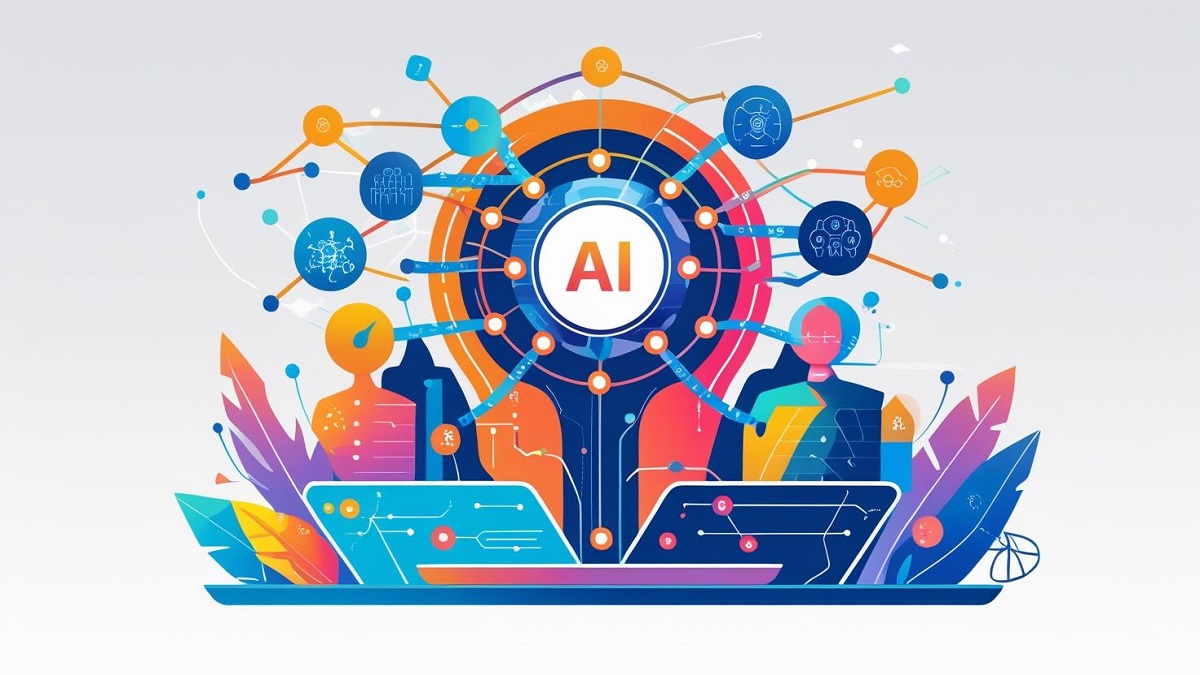Apple’s 2025 Accessibility Breakthroughs: How New Features Are Changing Lives
Apple has once again raised the bar for accessibility with its latest announcement. On May 2025, the tech giant revealed a suite of groundbreaking features designed to make its devices even more inclusive. From enhanced voice controls to AI-driven visual assistance, these updates promise to empower users with disabilities in unprecedented ways.
But why does this matter? Because accessibility isn’t just a feature—it’s a fundamental right. With over 1 billion people worldwide living with disabilities, Apple’s commitment to inclusivity sets a new industry standard.
In this article, we’ll explore:
- The key accessibility features coming later this year
- How these updates impact real users
- Expert insights on why Apple leads in accessibility
- What this means for Apple News careers and tech innovation
Let’s dive in.
Apple’s New Accessibility Features: What’s Coming?
1. Enhanced Voice Control with AI
Apple is taking Voice Control to the next level with real-time AI processing. Users can now navigate their iPhones, iPads, and Macs with even greater precision—using natural language commands like:
- “Open Messages and text Sarah ‘I’ll be there in 10.’”
- “Scroll down and like the third post.”
Why it matters: For individuals with motor disabilities, this reduces reliance on touch screens, making everyday tasks seamless.
2. Live Speech Expansion
Building on last year’s Live Speech feature, Apple now supports:
- More natural-sounding synthesized voices
- Real-time translation for sign language users (via the camera)
Real-life impact: A deaf user can now have a fluid conversation with someone who doesn’t know sign language—just by pointing their iPhone at the speaker.
3. Advanced Visual Assistance
Apple’s Magnifier tool gets a major upgrade:
- AI-powered object recognition (e.g., “Find my keys on the desk”)
- Text-to-speech for handwritten notes
Expert insight: “This isn’t just about magnification—it’s about giving blind users true independence.” – Sarah Herrlinger, Apple’s Senior Director of Accessibility.
4. Haptic Feedback for Deaf and Hard-of-Hearing Users
New customizable vibrations alert users to:
- Doorbells
- Baby cries
- Emergency alarms
Research-backed: Studies show haptic feedback improves response times by 30% for deaf individuals.
Why Apple Leads in Accessibility (And What It Means for Apple News Careers)
A Legacy of Inclusivity
Since introducing VoiceOver in 2009, Apple has consistently pushed accessibility forward. Competitors like Google and Microsoft have followed—but Apple’s hardware-software integration gives it an edge.
Did you know? Apple’s AX (Accessibility) team includes engineers with disabilities, ensuring real-world usability.
How This Impacts Apple News Careers
With every accessibility update, Apple creates new job opportunities in:
- AI and machine learning (for voice and visual recognition)
- User experience (UX) design (for intuitive controls)
- Software development (for cross-device compatibility)
Looking for a career at Apple? Check out Apple News careers for openings in accessibility innovation.
Real-Life Stories: How These Features Change Lives
Case Study: A Student with ALS
Meet Jake, a college student with ALS. Before Apple’s Voice Control, he needed a caregiver to send texts. Now, he dictates notes, controls his smart home, and even plays games—all with his voice.
Case Study: A Blind Photographer
Maria, a professional photographer, lost her vision in 2020. Apple’s AI-powered camera descriptions now help her frame shots by narrating the scene: “Three people smiling, sunset in the background.”
SEO-Optimized FAQs (Featured Snippet Ready)
Q: When will Apple’s new accessibility features launch?
A: Late 2025, likely with iOS 19, macOS 16, and watchOS 12.
Q: Are these features free?
A: Yes! Apple includes accessibility tools at no extra cost—unlike some third-party apps.
Q: How does Apple test accessibility features?
A: With real users through its Accessibility Beta Program.
Conclusion: A More Inclusive Future
Apple’s latest accessibility features aren’t just tech updates—they’re life-changing tools. By prioritizing inclusivity, Apple continues to set the standard for the industry.
What’s next? With AI advancing rapidly, we might soon see even more personalized accessibility solutions.
Want to stay updated? Follow Apple News (logo) for the latest announcements.







